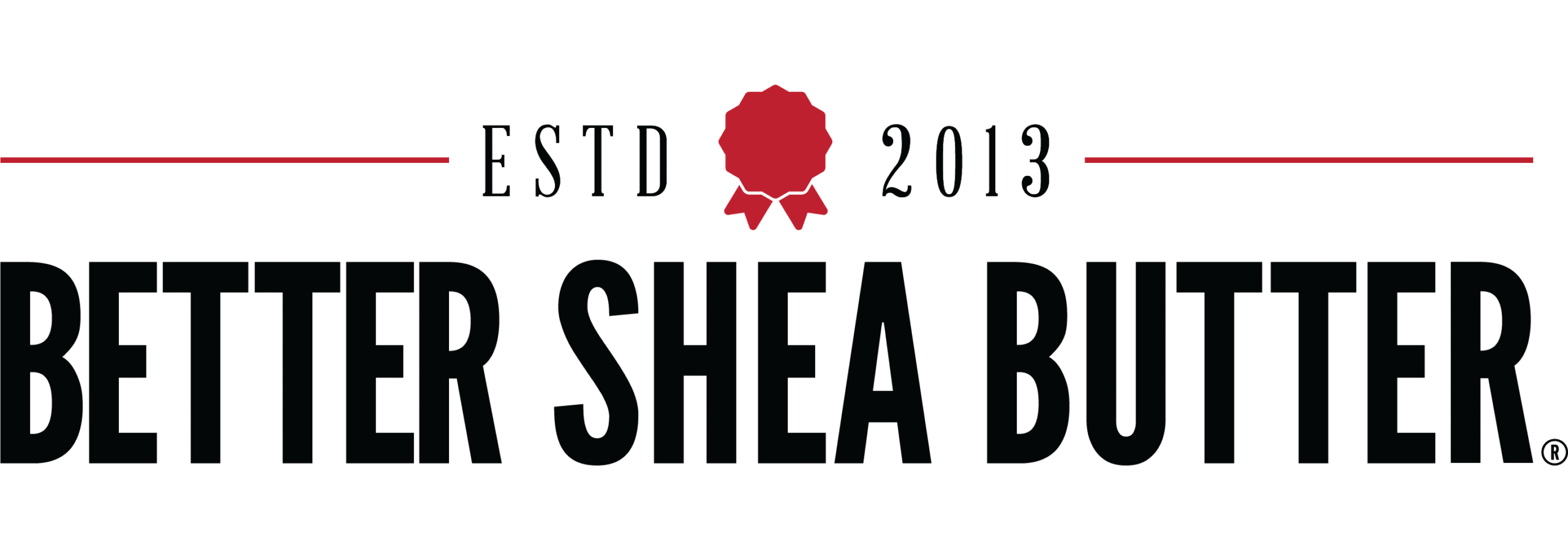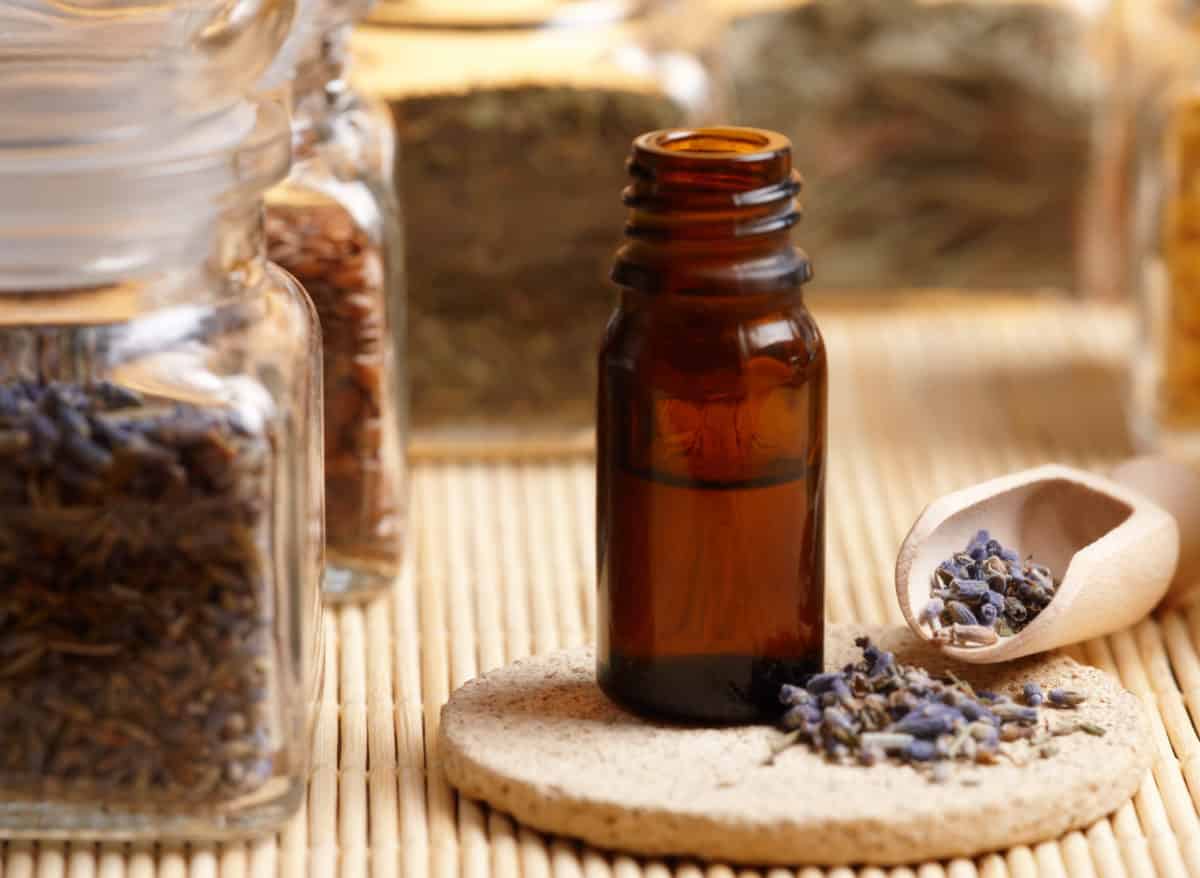We are often asked what’s the correct ratio of essential oils to add to your skincare creation – a body butter, balm, serum, or anything else you make at home.
The answer is simple and easy to remember and apply, but first let’s see why you would want to use essential oils in skin care products.
Updated: 4 June 2024
3 Reasons Why Essential Oils are Added to Body Care Products:
- To take full advantage of the wonderful aromatherapy benefits of flowers and herbs, from relaxing lavender to stimulating peppermint, etc.
- To add many properties that some essential oils are notorious for: tea tree oil is a great antiseptic, peppermint oil increases circulation, and so on.
- Last but not least, essential oils are mixed and matched in homemade preparations to add some uniqueness to what otherwise would be just a plain oils + butters mixture.
Regardless of the reason for using essential oils in your homemade skin care products, here are some things you need to consider.
The Benefits of Essential Oils for Skin
Essential oils have a wide variety of benefits depending on the flower or herb. Some benefits for the skin specifically can include:
- Soothing properties: Certain oils like lavender may calm irritated or inflamed skin.
- Antimicrobial: Some oils may help reduce bacteria on the skin’s surface so are beneficial to include in balms and this sort of product.
Amount of Essential Oils You Can Safely Add to Your DIY Cosmetics
Essential oils are highly concentrated and very aromatic. Did you know that it takes 60 (sixty!) whole roses to make 1 (ONE!) drop of rose essential oil? And did you know that it takes about 2,000 LBs of cypress tree to extract 1 LB of cypress essential oil? Just let this idea settle for a moment and realize how concentrated EOs are.
Some essential oils are so potent that they come already diluted in some jojoba oil, like Vanilla, Rose and Jasmine, but most of them can be found 100% pure.
In either case, essential oils are not something to be used liberally on your skin, and are not safe to ingest, regardless of what some popular essential oils brands are trying to tell you. Here’s a good article about the dangers of ingesting essential oils. And here’s one that explains in depth why essential oils can be a poison when used incorrectly.
Back to our skin care recipes, due to the high concentration of Essential Oils, the highest recommended ratio of EOs to incorporate in your skin care preparations is 1-2%.
Here’s an easy conversion formula to help you in your DIY recipes:
1% = for 1 oz of oil or butter add 6 drops of Essential Oil
2% = for 1 oz of oil or butter add 12 drops of Essential Oil
An example of how to use this in a simple Shea Body Butter Recipe is:
4 oz shea butter + 2 oz cocoa butter + 1 oz apricot oil = 7 oz of body butter
7 oz of body butter can take anywhere between 42 (1%) to 84 (2%) drops of essential oils. Get it?
Our Top 5 Essential Oils
Every large grocery store chain, health food store, and on-line markets have an abundance of choices when it comes to essential oils, including many blends that have different aromatherapy functions. At Better Shea Butter we like to keep it simple, so here are our top 5 Essential Oils:
1. Neroli
This is hands down our personal favorite. Its peculiar fresh and citrus scent is like no other, and although pretty expensive, the scent is strong and a few drops go a long way.
Properties: skin rejuvenating, perfect for every skin type, helps dry out acne and minimize pores.
Smells like: citrusy, fresh, tangy.
Price: expensive. Neroli sells for anywhere between $20 and $80 for just 1/6 ounce.
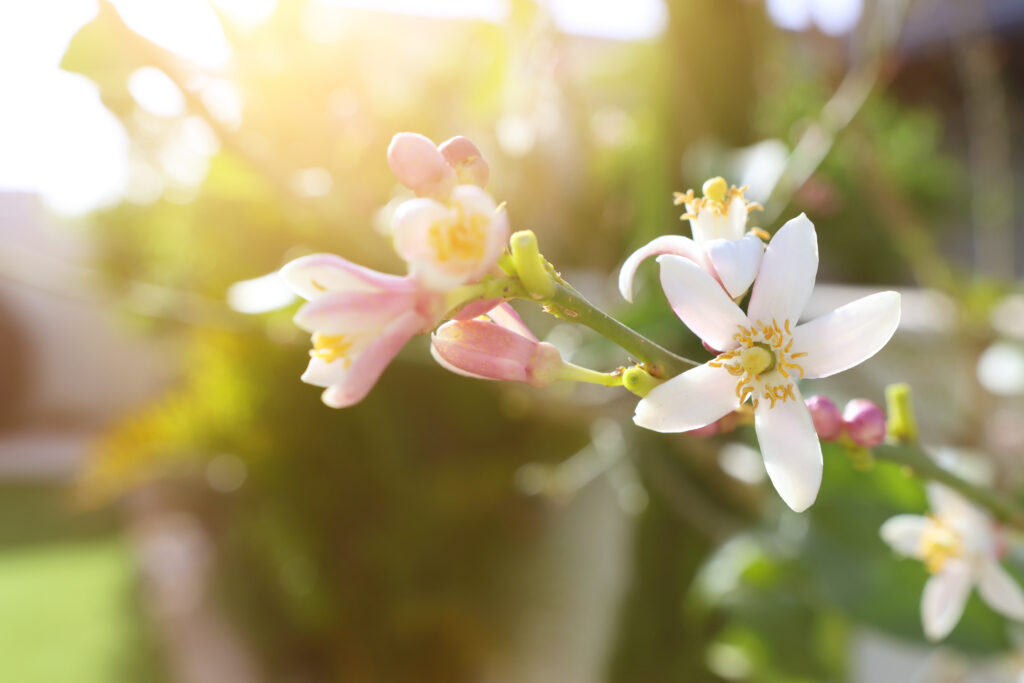
2. Vanilla
With Vanilla, you have two choices:
A. Get a Vanilla in Jojoba oil. This is easily found in all the grocery stores or online markets, and it is affordable. You can double up the drops of this EO in your recipes since it’s already diluted in a carrier oil.
B.Get Vanilla Absolute, also called Vanilla CO2 extract. This is pure vanilla and more expensive, thicker and darker in color.
Properties: Skin moisturizing, relaxing.
Price: Vanilla in Jojoba can be around $17, while Vanilla Absolute is around $50 depending on the source.
3. Lavender
Lavender is the most popular scent amongst women, men and children. Even pets seem to like it. You can get French, Bulgarian, Italian or domestic Lavender, and depending on where it’s grown, it may have a slightly different twist to it. If you want to keep it simple, just grab it from your local grocery store or on Amazon and you’re all set.
Properties: tends to even out complexion, calms skin irritated by sun exposure. Relaxing.
Price: Affordable, around $10-15.
/english-lavender-plants-2130856-hero-01-fc261dfea5d442ebb06e4844d4d674fc.jpg)
4. Eucalyptus
Eucalyptus is the go-to oil to help nasal and bronchial decongestion (when you diffuse it). but can be incorporated in therapeutic balms, fizzy shower bombs or beard products.
Properties: antibacterial, decongestant, antiseptic.
Price: Economical, around $6-12 per bottle.
5. Spearmint
Some love peppermint in their homemade lip balms or toothpastes, others love spearmint. Kids love it too, it reminds one of classic chewing gum, and it is so potent that a few drops go a long way.
Properties: antiseptic, relaxing, cooling.
Price: Just like Eucalyptus oil, Spearmint is economical and sells for about $6-10 per bottle.
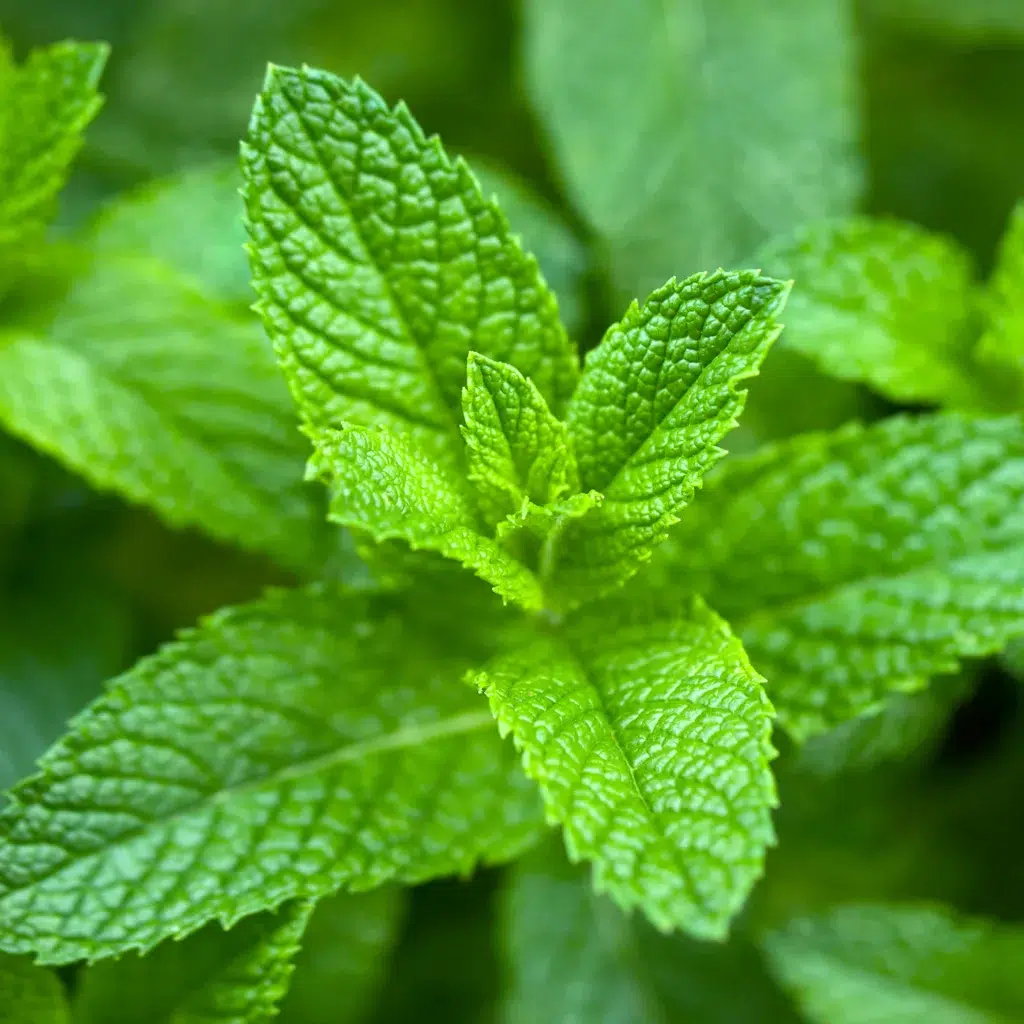
Best temperature to add EOs to a preparation
Have you ever felt like you have to keep adding more and more essential oils to a homemade skin care preparation because you can’t really smell much?
That is because Essential Oils are delicate and temperature sensitive. If you add essential oils to melted butter + oil as in a body butter, you can make the mistake to add them when the oils are still too hot. When you do that, the heat will “kill” most of the EO scent and you will start thinking that there’s something wrong with the quality of your essential oils or that you did something else wrong.
The trick is to never add essential oils to something that is hotter than 75F (or 23C). Use a cooking thermometer to check the temperature of your skin care preparation and just wait until it’s cold enough to add your essential oils.
BLOG UPDATE
After we took a trip to Italy to source Lavender flowers…
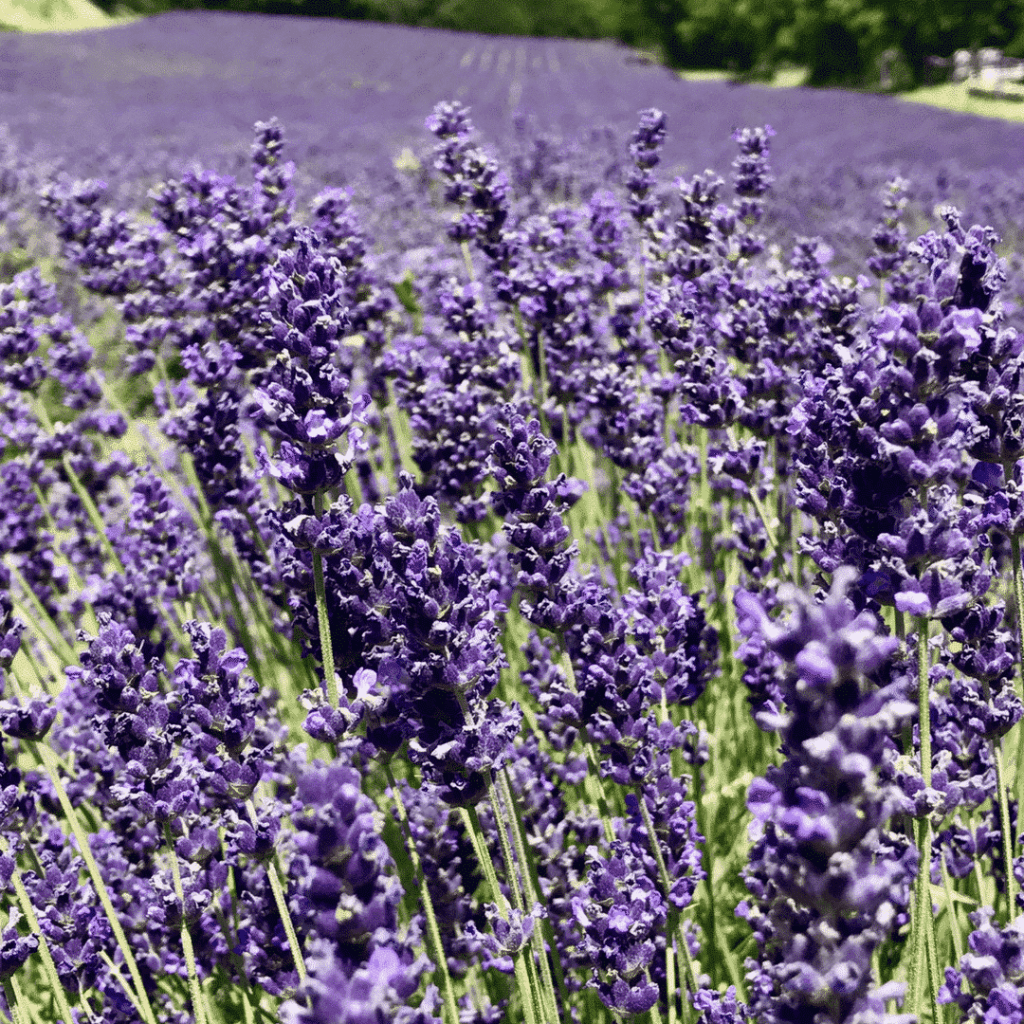
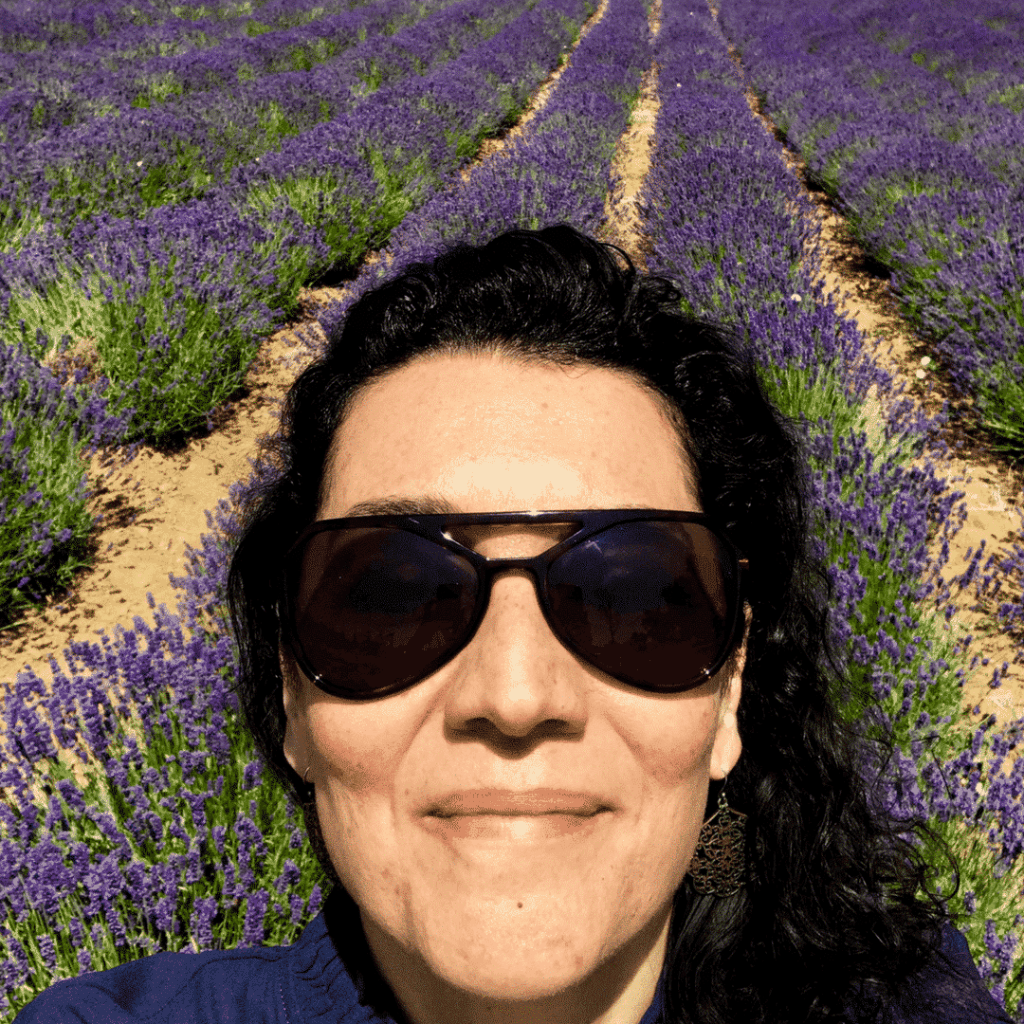
We stopped by this local wine and lavender company and snatched some of their amazing lavender essential oil. We then put 12 drops, or 2% of 1oz, in our 1oz Rosehip Seed Oil bottle. With a little shake, you have now created an exquisite face serum rich in antioxidants, and vitamins C & E!
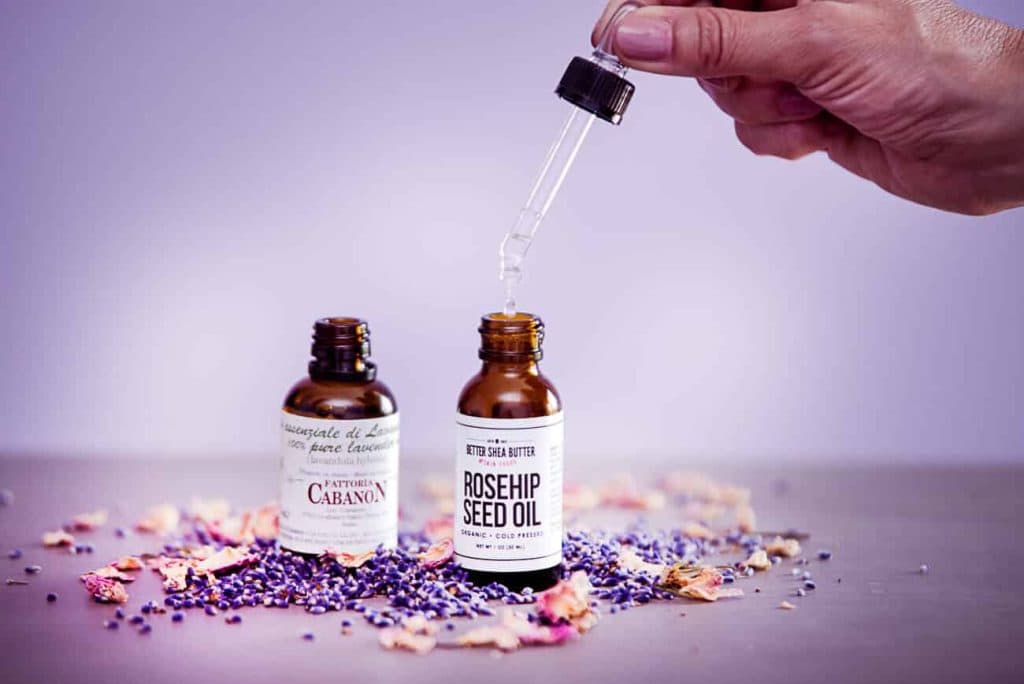
So, whether you have just shea butter, a mix of oils and butters, or just a carrier oil, the concept is the same: measure between 1% and 2% in weight of your essential oil and add them in.
Now over to you – why do you use Essential Oils in your DIY skin care products and which oil or blend is your favorite? Open up the conversation by commenting below.

